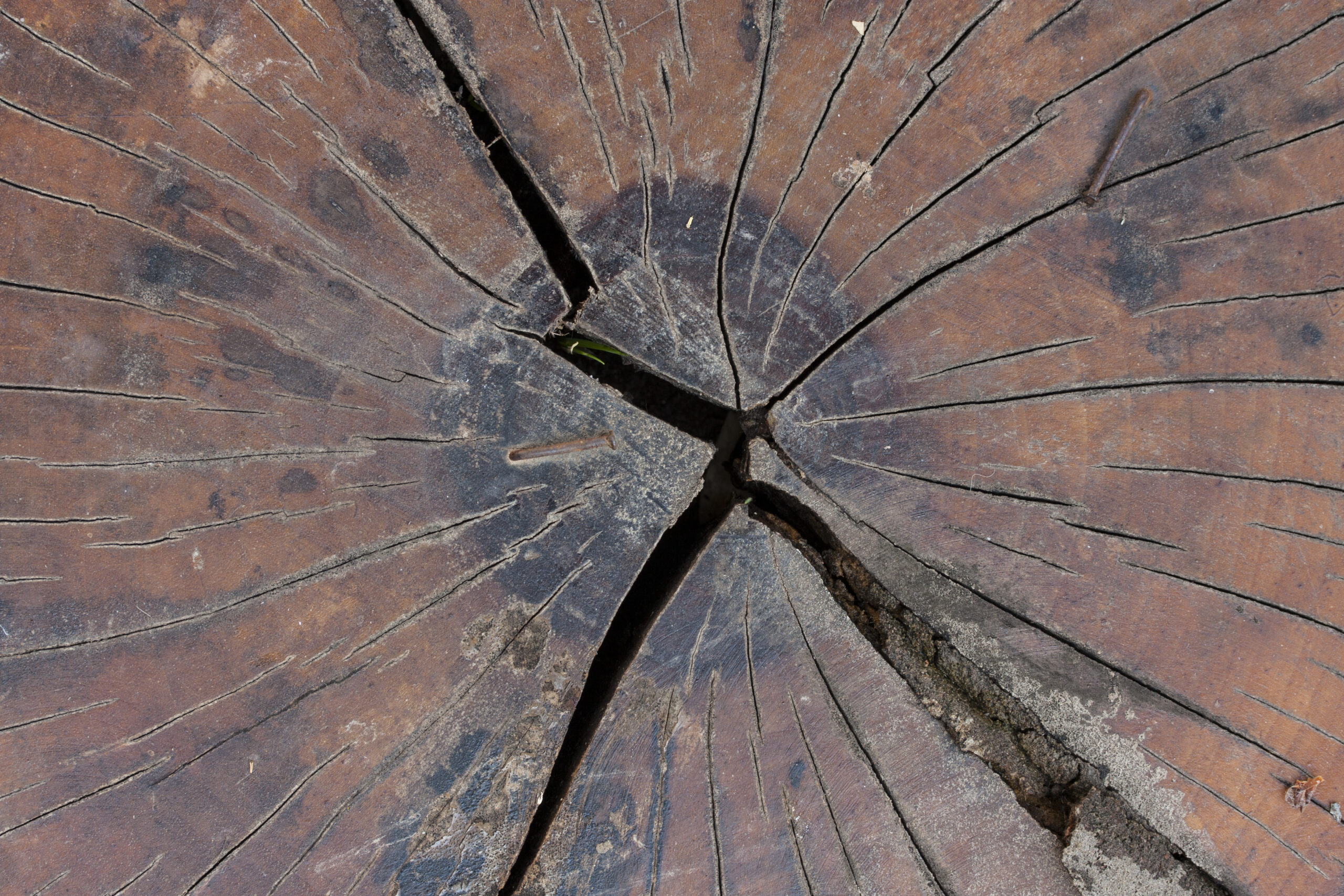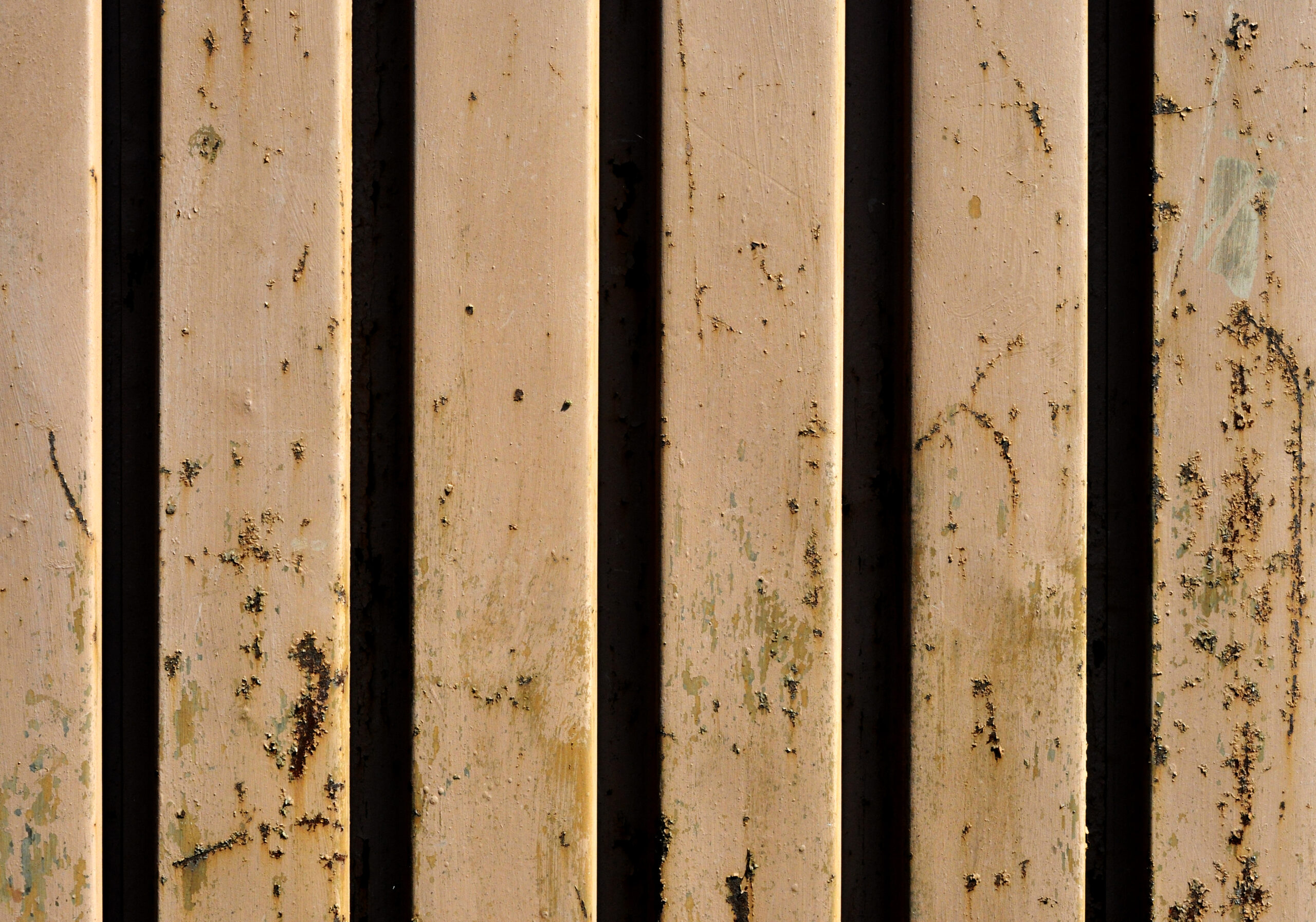Wood has been a favourite material for centuries, offering a unique aesthetic and robust functionality. From cosy homes to outdoor decks and fine furniture, wooden structures enhance spaces like no other. However, wood also attracts pests, creating challenges for property owners who need to keep these invaders at bay. Fortunately, platforms like shashel.en offer insights and tools that can help ensure your wood stays in pristine condition.
Understanding the Risk Pests Pose to Wood
Wood-eating pests, such as termites, woodboring beetles, and certain fungi, can infest your property without warning. They work silently, causing internal damage while leaving minimal visible signs. The result can be devastating, with compromised structures, unsightly damage, and costly repairs.
Common Culprits That Impact Wooden Structures
- Termites are notorious for chewing through wood fibres, leaving hollowed-out chambers in their wake.
- Woodboring Beetles lay eggs in untreated timber, with larvae consuming it from within.
- Fungi and Mould degrade wood in damp environments, exacerbating structural decay.
Knowing these threats and acting swiftly can save you time, money, and headaches.
How Certain Factors Encourage Pests
Several conditions make wood more enticing to pests. Addressing these underlying causes is a critical first step toward protection.
- High Humidity leads to damp wood, an ideal condition for pests and fungi.
- Poor Wood Treatment leaves your wood defenceless. Untreated wood is more susceptible to pest infiltration.
- Unhygienic Storage Practices, such as leaving scrap wood near structures, invites unwanted guests.
Environmental monitoring, including moisture control, can play a huge role in reducing risk. Properties situated in areas with fluctuating climates must be especially vigilant.
Signs Your Wooden Structure Might Be At Risk
Spot infestations early to avoid irreversible damage. Here’s what to watch for:
- Tiny round holes, often entry or exit points for adult insects.
- Frass, which appears as a light powdery substance near damage points.
- Soft or Crumbly Texture when pressing the wood surface.
- Visible Mould Growth, usually a precursor to pest activity.
If you detect any combination of these, seek professional advice to tackle the issue before the infestation spreads.
Preventing Pest Infestation from Day One
By incorporating preventive measures, you’ll give your timber an extended lifespan and retain its aesthetics.
1. Invest in Treated or Pre-Prepared Wood
Chemical treatments, such as pressure impregnation and natural oil applications, act as a shield against pests and environmental pressure. Always opt for treated wood, particularly for outdoor installations.
2. Control Moisture Levels
Implements such as dehumidifiers, proper drainage systems, and ventilation setups are vital in maintaining an environment unfavourable to pests.
3. Conduct Scheduled Inspections
Do not wait to spot visible damage. Bringing in pest control experts once a year ensures small issues are caught early.
4. Use Advanced Technology
Platforms like shashel.en provide detailed insights into how you can use the latest solutions for wood preservation. This includes monitoring devices and eco-friendly pest deterrents.
5. Seal Every Gap
Wood joints, small openings, and untreated end grains can easily become entry points. Use sealants or wood fillers to ensure no area is left untouched.
The Role of Technology in Timber Preservation

With the advent of innovative tools, pest management has evolved dramatically. Here’s how technology is transforming wooden property care:
- Infrared Scanners reveal hidden moisture levels, helping to highlight vulnerable zones before pests strike.
- AI Monitoring Tools detect insect activity by capturing frequencies or vibration patterns, automating early detection.
- Eco-Friendly Solutions, such as heat treatments and biological deterrents, eliminate the need for harmful chemicals.
Platforms like shashel.en are instrumental in connecting property owners with these technologies and services, making protection feasible for everyone.
Addressing Active Infestations
When prevention fails, fast intervention is key.
- Engage Professional Services
Seek pest management services that specialise in wooden structures to target the infestation without causing further harm. - Treat the Affected Areas
Application of chemical or non-toxic treatments neutralises pests while minimising residual damage. - Assess and Replace
If some structures are beyond saving, replace them with pest-resistant alternatives to avoid a repeat incident. - Reapply Protective Coatings
Finish off by reinforcing all wooden surfaces with protective treatments tailored to your local environment.
Long-Term Savings from Preventive Measures
Investing in high-quality wood treatments, pest-resistant designs, and annual maintenance checks may seem costly upfront, but the savings over time outweigh this initial expense. By safeguarding your structures proactively, you minimise potential repair costs while ensuring aesthetic and structural longevity.

